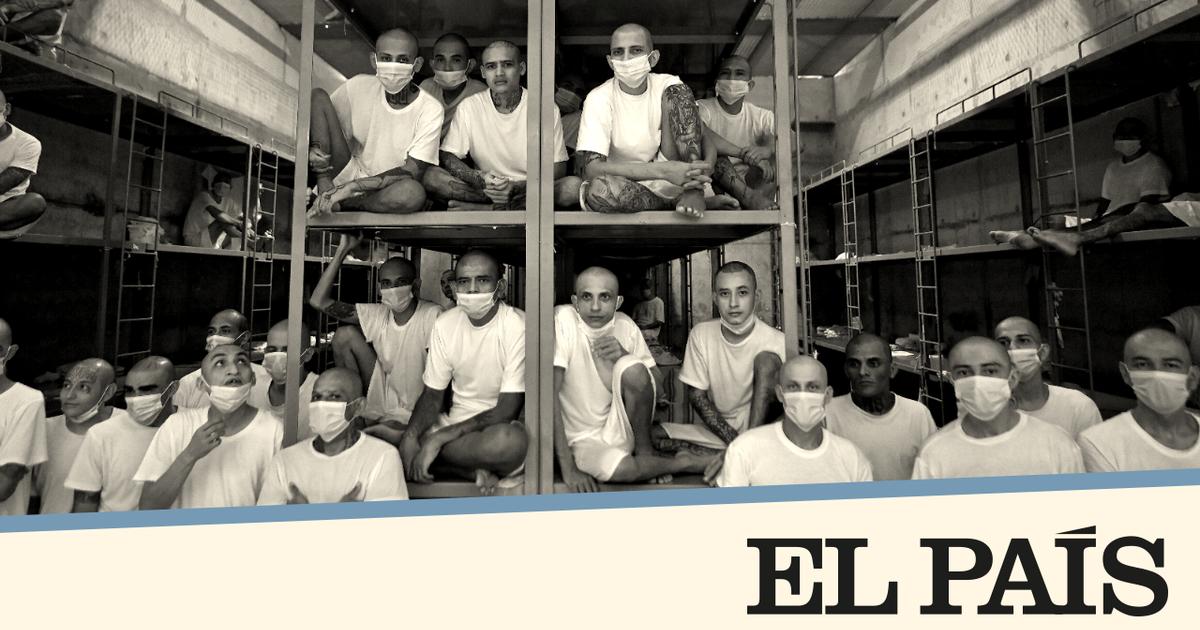At the beginning of March 2020, EL PAÍS had zero digital subscribers.
The newspaper's headquarters were working on one of the greatest transformations in the history of the company, a change on which the foundations had to be laid for a stable future that would guarantee the profitability of the newspaper and, consequently, the drive of independent journalism. global in scope.
It was then that the coronavirus pandemic was declared, one of those news that marks generations.
Plans to launch a digital subscription model were postponed until May.
Efforts were concentrated on public service work and on adapting to circumstances, forced like so many others to work from our homes - in the case of many journalists, also from the streets or hospitals.
Today, less than 11 months later, EL PAÍS has built a large community with more than 100,000 new digital subscribers, in addition to the 7,918 of the newspaper's digital replica (Kiosko y Más and Kindle) and the 36,657 of its printed edition.
In total, 145,000 subscribers that are distributed all over the world, a milestone in the Spanish press.
EL PAÍS digital subscribers in more than 100 countries
The most loyal readers responded to EL PAÍS's proposal, while other sources of income fell as a result of covid-19, and the sale of copies at newsstands was reeling due to the harsh confinement.
During March and April 2020, all audience records were broken.
At the worst moment of the pandemic, 180 million browsers entered the newspaper's website, consuming more than 1 billion page views in April.
Citizens, in need of rigorous and useful information, data and facts, lived glued to their mobile phones and computer screens to understand what was happening in the world, in their countries and, in many cases, in their families.
The permanent link that the newspaper established with its audience was unprecedented.
En español
EL PAÍS now counts on more than 100,000 digital subscribers, consolidating the newspaper's new model
The payment model was launched in May and tens of thousands of readers joined in the following weeks.
For the first time they paid to read news, opinion, reports, analysis on the internet, committing themselves to EL PAÍS in their future project.
This is how the director of the newspaper at that time, Soledad Gallego-Díaz, remembers: “When I accepted the address [June 2018] we were all aware that the future of EL PAÍS depended on its subscribers and that this project had to be carried out practice as quickly as possible.
We never had doubts, neither in the newsroom nor in the company.
What nobody expected was to have to start in the middle of a pandemic and a brutal economic crisis.
When we did it, on May 1, with great stories and new formats, and we saw the great reaction of the readers, we all felt great pride and, at the same time, enormous pressure to keep the bar high. "
During the past months, digital subscribers have not stopped increasing.
At the time of writing this article, the exact number was 100,475, a figure higher than the forecasts that were established at the time of launch and with little precedent for its rapid growth within the international media arena.
"We are just starting a long-term project, which runs parallel to the unstoppable process of digital transformation of the company in all its areas," says Alejandro Martínez Peón, CEO of EL PAÍS.
"The pandemic has accelerated it and we are going to accompany society and readers.
They are our fundamental guide.
The results in these months confirm that we are on the right path for a quality and global newspaper such as EL PAÍS ”, he assures.
The newspaper market has been changing for three decades: the transfer of readers from printed editions to digital ones, the emergence of smartphones ―Apple launched the iPhone on June 29, 2007―;
the birth of social networks such as Facebook ―in September 2006 it was opened to all Internet users―, hyperconnectivity or the disappearance of classified ads in newspapers are just some of the factors that have hit the traditional business model of the industry.
Except for very few exceptions, very limited to economic means, information on the internet flowed free until a decade ago.
In 2011 it is
The New York Times
who takes the step to create a new source of income through subscribing to its digital content.
Then they did
The Washington Post, Le Monde,
the British
The Times
and so on in a cascade, the exception being today among the prestigious newspapers who remain open.
The fact that Google and Facebook have a near monopoly on the digital market makes it almost impossible for large newsrooms to sustain themselves solely on advertising revenue.
In Spain,
El Mundo
launched the subscription in October 2019 and last Sunday announced that they had reached 60,000 subscribers, slightly less than
eldiario.es
has
- about 63,000.
Since last May, EL PAÍS readers can consult up to 10 articles for free, but then they need to subscribe to have full access to the contents - with the sole exception of the service information on covid-19, which is freely accessible. -.
During the first weeks, many opted for the monthly mode, but as renewals take place and the months go by, the subscriptions that grow the most in percentage are the annual ones, a sign of confidence of the readers in the project.
Of the 100,000 digital subscribers that the newspaper has, a quarter are from outside Spain, a reflection of EL PAÍS's status as a global reference for information in Spanish and shows its growth potential, especially in Latin America.
During this time, the newspaper has continued working on improving its digital offer: a specific edition for Mexico, a section on Climate and Environment and another on Education;
new bulletins such as the opinion preview for subscribers or the renewed one of Materia ―the Science section of the newspaper―;
podcasts such
as the
Bankia case
,
or betting on infographics, data and new narratives, pillars in the coverage of the coronavirus to make our journalism more attractive and accessible to readers.
The current director of EL PAÍS, Javier Moreno, looks to the future and reflects: “We are going to get out of this global crisis with a better editorial proposal and a promising business model.
The newspaper that we are building together for the next few years must be a witness and an engine for the transformation that is coming.
We have a newspaper project.
And, fundamentally, we have a partnership project shared by millions of people in Spain and America ”.

/cloudfront-eu-central-1.images.arcpublishing.com/prisa/JAP4OYVKQ5FRFFH6YCEQQ5ZHRY.jpg)













